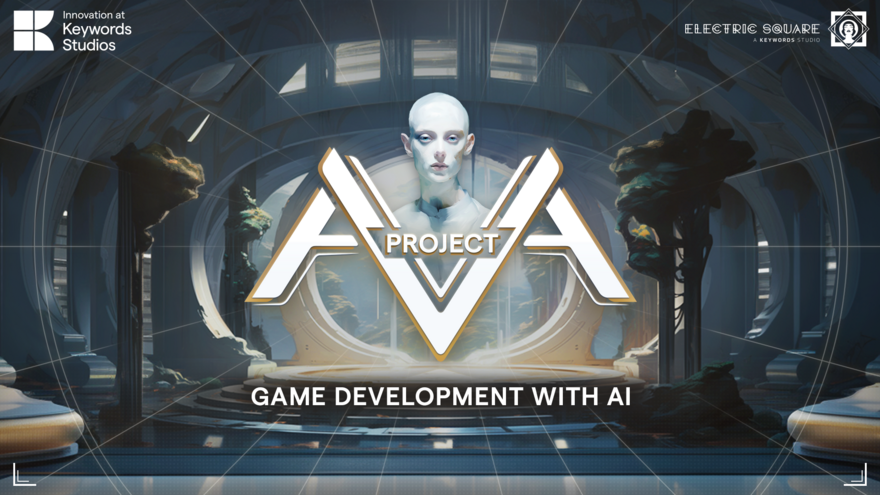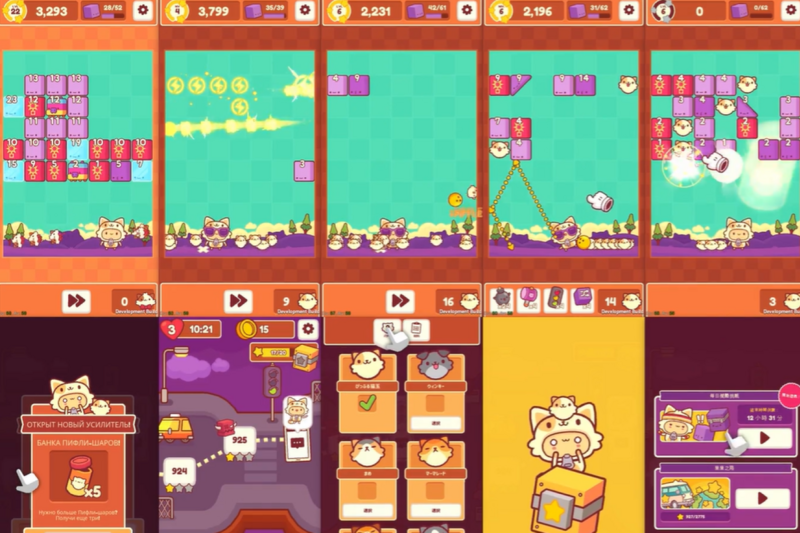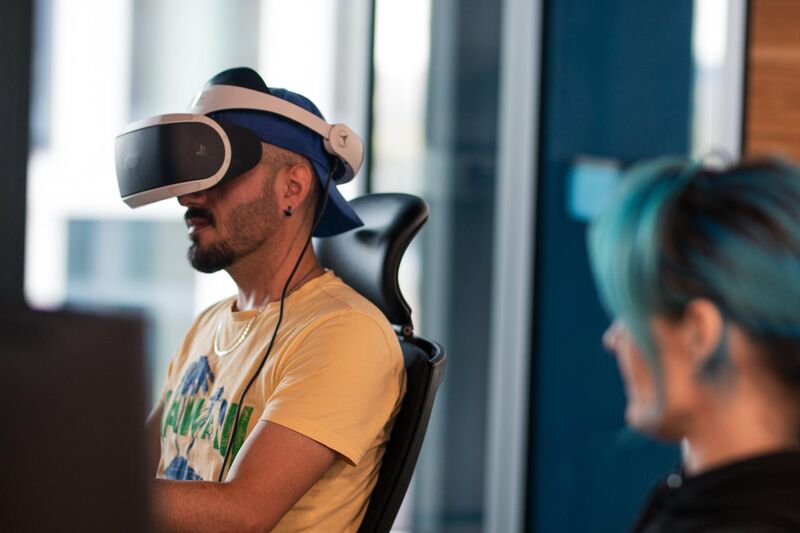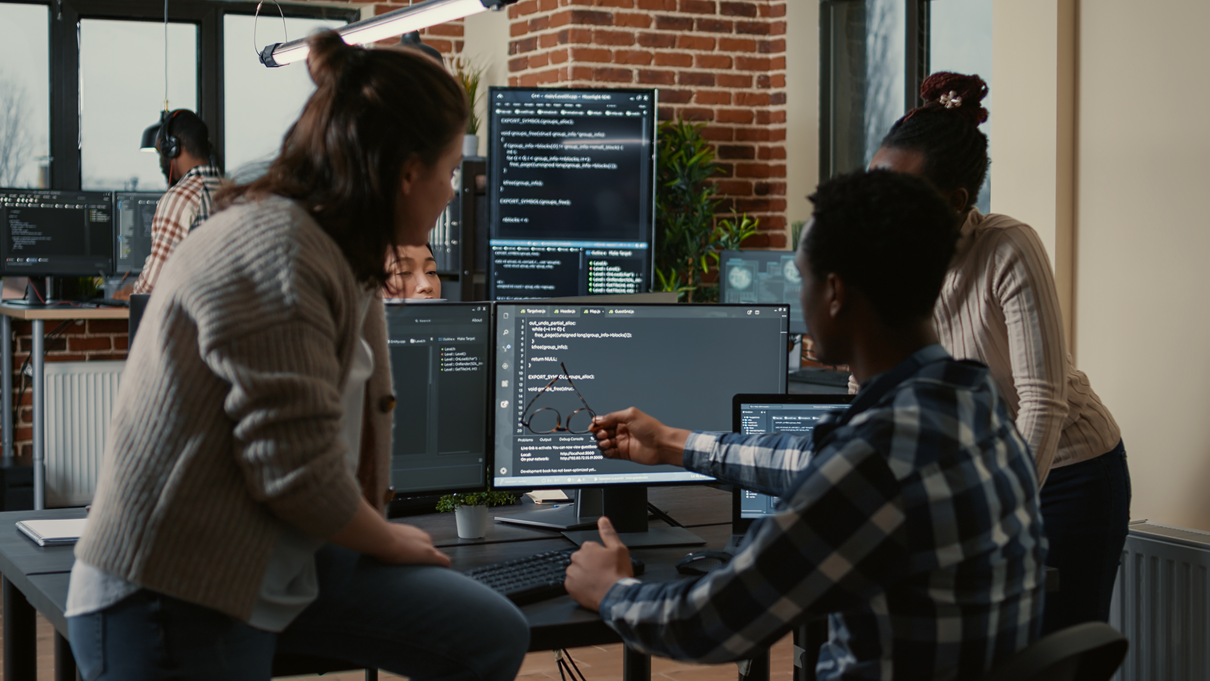A Practical Guide to Automating Your Game Localization Workflow
Your essential starter guide to help you understand when and how to add AI to your video game Localization and Testing workflow. Dive in!

Is it time to update your Localization workflow? If you are consistently compromising your vision and goals due to your system limitations, this is a sign that you might have outgrown your process.
In the last couple of years AI tools have flooded the market with big promises of increased productivity and improved workflows. But is there a catch? The truth is that as impressive as AI, Machine Translation and other technologies are, they are just tools at your disposal. The real power lies in how and when you decide to use them.
Incorporating these tools into your pipeline today is not so different from adopting any other new technology. The process begins with analyzing your content localization workflow and identifying areas where AI can deliver the most value. Success depends as much on knowing where to implement these tools as it does on selecting the right technology.
To help you get started, we’ve gathered top tips from the Keywords Studios Localization team to provide you with an initial roadmap.
How to automate your Localization workflow
Step 1: Identify the roadblocks
Start by auditing your current localization workflow and identify any bottlenecks. Where are the key opportunities? Perhaps you have set out to localize your game in 12 different languages simultaneously, but you are struggling to meet the timeline. Or maybe it takes up too much of your resources’ time. Once you have identified your pain point, you can look for the solution. For example, you could train MT (Machine Translation) engines and integrate them in your marketing workflow to automate part of your content localization to free up time for your reviewers and PMs.
Similarly, if you identify a bottleneck in the testing phase, due to fluctuating team availability, then you could trial some automated testing. This could allow your teams to focus less on time-consuming playthroughs and more on fixing bugs for several titles within a single piece of software. If you haven’t already, make sure to ask our team about our automated testing features. Scaling up or down is easier when your team can concentrate their expertise on where it’s most needed.
Do you need support identifying your roadblocks? Send us a request below and we can organise a review of your current QA or Localization workflow.
Step 2: Pick the right tool for the job
Choose an AI tool that is specifically suited to your unique structure and challenges and has been built with your specific requirements in mind. Generic models simply won’t cut it for highly creative endeavors, like video game development and localization. You need an AI-powered MT solution that can keep learning from your content universe, training on specific terminology, tone, and glossaries for each language.
The alternative is to invest in building your own in-house tool. But in most cases, investing in the technology yourself is not necessary. If you decide to go down that road, you’ll need to account for dedicated internal teams solely focused on updates and housekeeping, which in turn could make you less flexible and agile.
On the other hand, partnering with a tech-focused company that can provide you with the latest in automation technology paired with high-quality service will ensure your teams can focus on where they bring the most value.
Step 3: Lean on the right people
At the end of the day, tech is just as good as the people using it. At its core, AI is just another tool at our disposal, and it always should focus on freeing up time to redirect talent into the less repetitive tasks. Before deploying AI ask yourself these questions:
- Internally, how does this tech benefit my teams? From eliminating PM handling times, so they can spend less time moving files around and ensuring more milestones will be met, to adopting testing automation or speech synthesis. Analyze pain points based on your historical data and only move forward with AI technology if it can help your teams overcome them.
- Externally, what benefits do I reap from providers adopting new technologies? All the previous considerations should apply to any partner you work with. If they are integrating AI in their processes, what does that mean for you? Can audio localization files be sent faster and more consistently between all languages to smooth integration and start testing earlier? Can their own processes be plugged into yours seamlessly and avoid bottlenecks? Now that tech has allowed for more ambitious goals, is the provider ready to scale up with you?
Future proof your business and reach new Localization milestones
Integrating the correct AI tools into your workflow, will enhance your process and free up more resources. As new localization milestones open up for you, make sure to focus on how to best reinvest your budget and time into new ambitious goals. Reach new markets, by adding other localized languages to your projects, or keep building loyalty in your existing markets, by delivering more exciting content.
Games are all about player experience and no amount of technology will provide the magic formula to get them excited. But when deploying AI correctly and identifying the partners with which to make the most out of your own process, you will be able to focus more on creating great stories and supporting your player’s demands of content like never before.
















